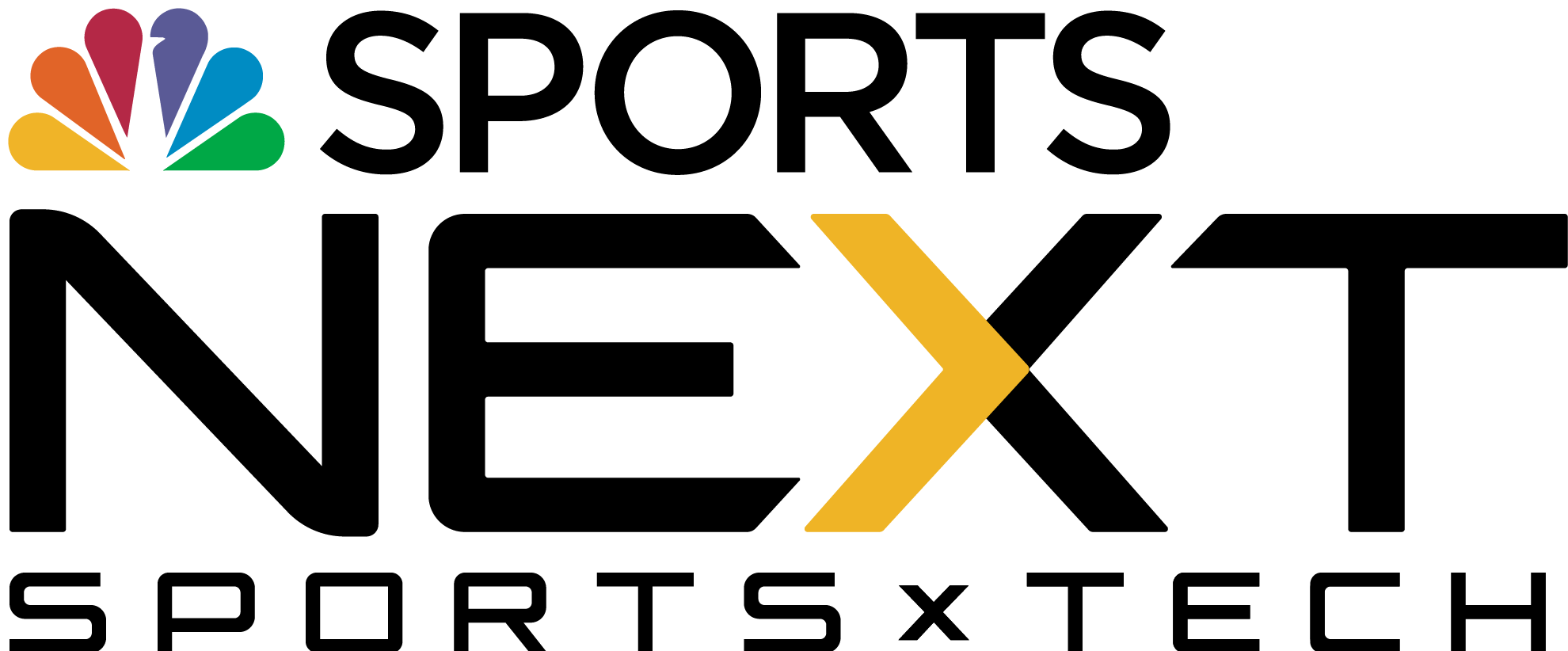Golf instruction comes in a wider variety of formats than it used to. To expand their audience, teachers keep adding programs of different types. We’ve seen instruction tailored so that it’s more social, more technology-based, more focused on scoring, more geared toward women, or otherwise customized.
Lately a new line of thinking has come along to offset this programming trend. Special formats and event-based teaching are still being offered and continue to attract golfers. However, they’re getting pushed to the side and kept separate from the “main course” product, which is long-term coaching relationships that remodel golf swings and produce significant game improvement.
Research shows that rewiring a golfer to truly change motor patterns takes months or even years, plus steady practice to attain interim goals. The results are dramatically pleasing to the golfer, and the coach-student relationship that develops is a big source of job satisfaction for instructors. In good part the happy ending is due to the long and emotionally painful span of time in which the embarrassed golfer has dealt with a sense of futility about their play. A fair number of people commit to long-term coaching right at the point where they’re ready to quit the game.
Meanwhile, financial compensation to the teacher improves significantly when the lesson book is filled out far in advance with these every-week or every-other-week clients. Eventually this scenario leads to rate increases. Next time you hear of an instructor who raises rates, check to see if they have a growing stable of committed long-term students—you’ll find this is virtually always the case.
Because the long-term student is so valuable—and because he or she is always going to be a minority within of the instruction-minded population—the coach needs a “sales funnel” with a very wide feeder end. That coach also needs a “gateway” product, usually called a New Student Assessment or New Student Evaluation, that large numbers of players will undergo.
Out of the pool of players who come through the gateway—and their total could be 100 or more over a season—perhaps 20 to 40 percent will enter long-term programs. They’ll buy lessons in 10-packs, 20-packs and 30-packs, and they will make the journey from frustrated and par-deprived to become mid-80s or even single-digit players. Their investment in the coach-student collaboration is key to the golf instructor’s business plan and yearly income. Both parties win.
How does this model impact programming and your menu of instruction options? It starts by putting the New Student Assessment front and center, where it can do its job of filling up the wide end of your sales funnel. Lots of options and details about formats and special events will confuse your best prospects, i.e, the people who legitimately want to improve. They scroll through academy websites, see all the diversity and intricacy and get overwhelmed. In many cases these golfers have spent a long time postponing the decision to try and end their frustration. They need simplicity and a clear path to improvement.
Instructors have long used programming to let people know they are up on the latest developments in the field, from TrackMan diagnostics to AimPoint green-reading to the use of a communications “locker” for sharing video, notes and practice plans. There’s logic to this, but again it’s a possible source of confusion and even intimidation. There are students who in general are impressed by technology, but there are others who shy away from it. Telling people about your certifications and the tech tools in your teaching bay is well and good, but you can do it in descriptive copy that’s distinct from your programming information. Don’t let it detract from the messaging that encourages new students to come meet you and get assessed.
The other extreme is clinic programming that’s fun, social, relaxed and looks inviting on the club calendar. Nothing wrong with this, either. Just don’t let it cloud the message about long-term coaching and how to get started on it.
On your website you can do all this through clear communication that keeps the gateway product, a New Student Assessment or whatever you use, separate from your tech talk and from the fun, “intro” events you offer. In email marketing you can offer the specials and one-offs selectively, and let people know they are “events” that don’t come up on the schedule regularly. In social media messaging you can carry along the same approach.
Being versatile is a good thing and having lots of ways to meet golfers is valuable. Getting the best return on your investment in training, tech and marketing is always about having a filled-out lesson scheduler that stretches weeks or even months into the future, booked up with thrilled students who rave about you.
Create a gateway product, build a sales funnel to feed it, and tailor your menu of services so that you and your best customers achieve meaningful rewards over the long haul.
To learn more about our instruction tools, trainings, and tips, CLICK HERE.

Instructors
Instruction Programming: What to Offer and How to Explain It
November 7, 2019

